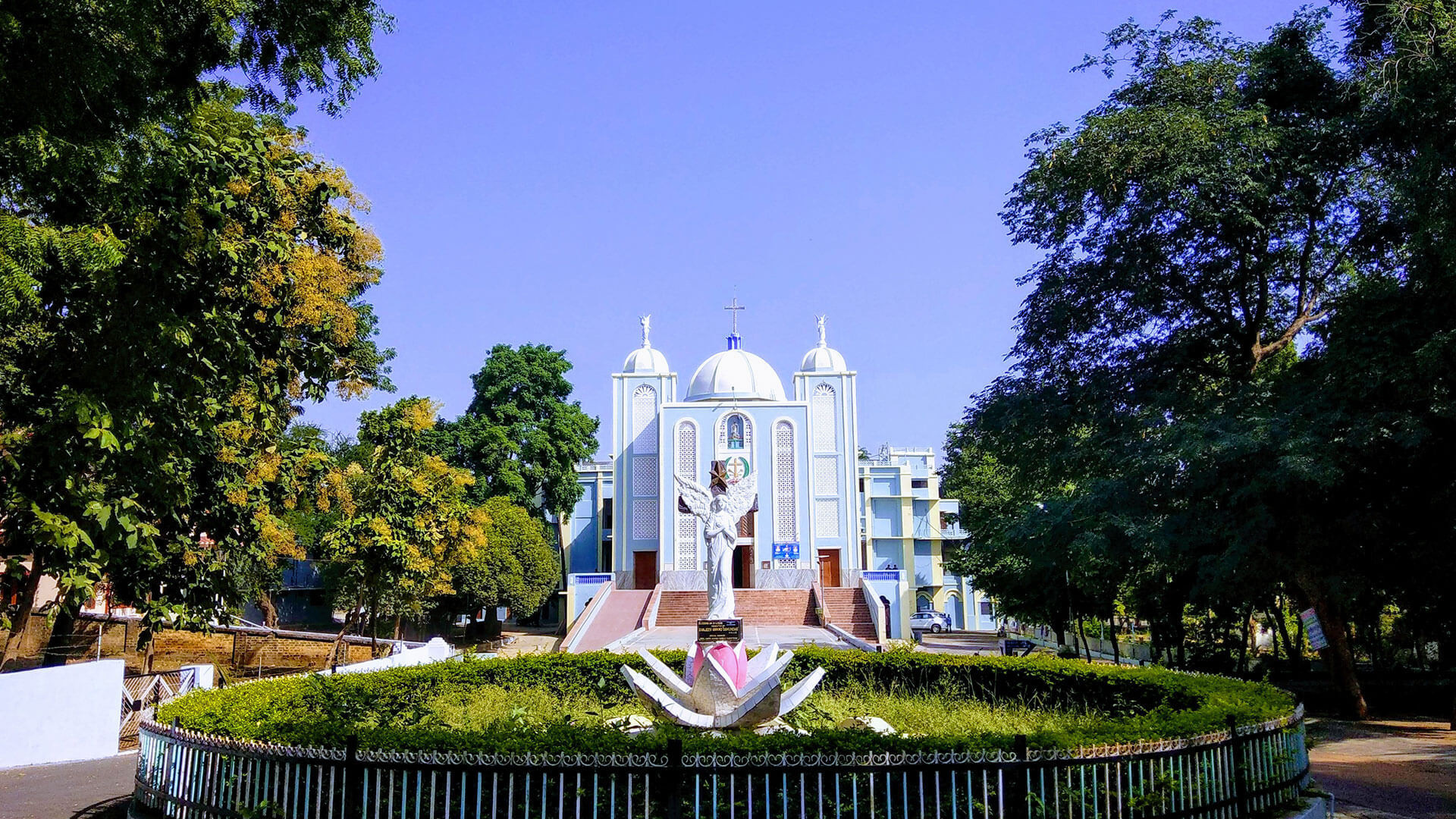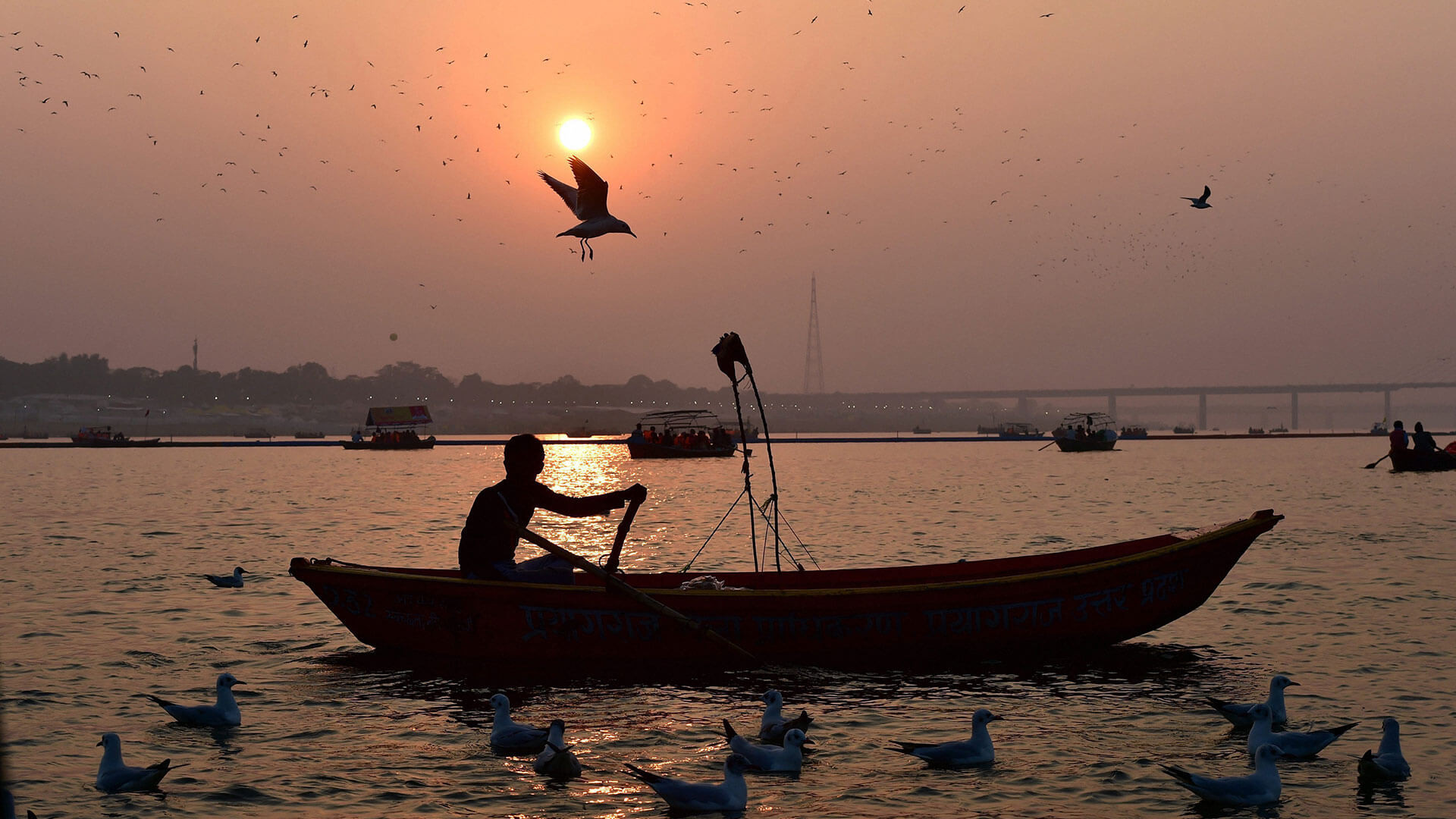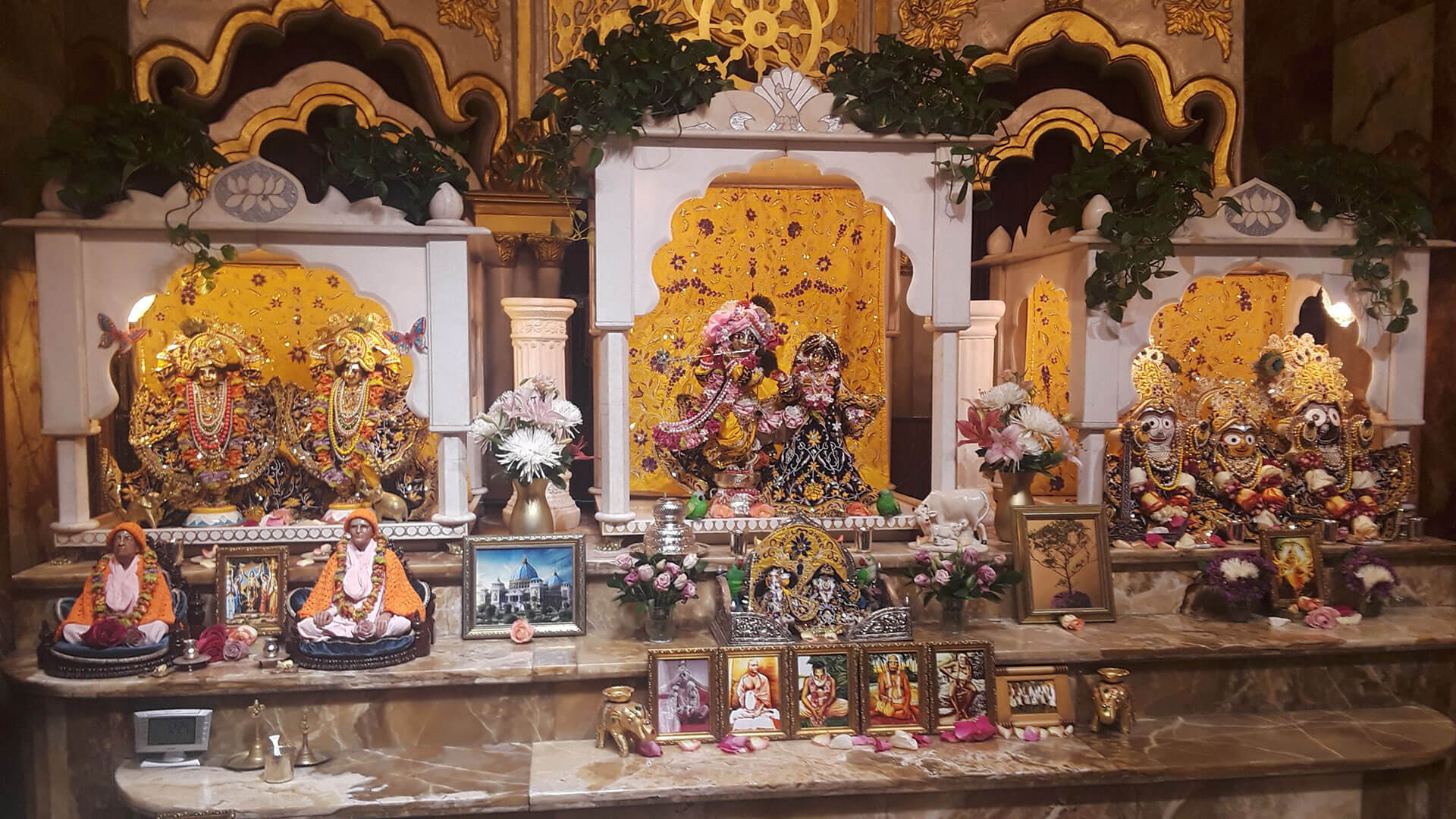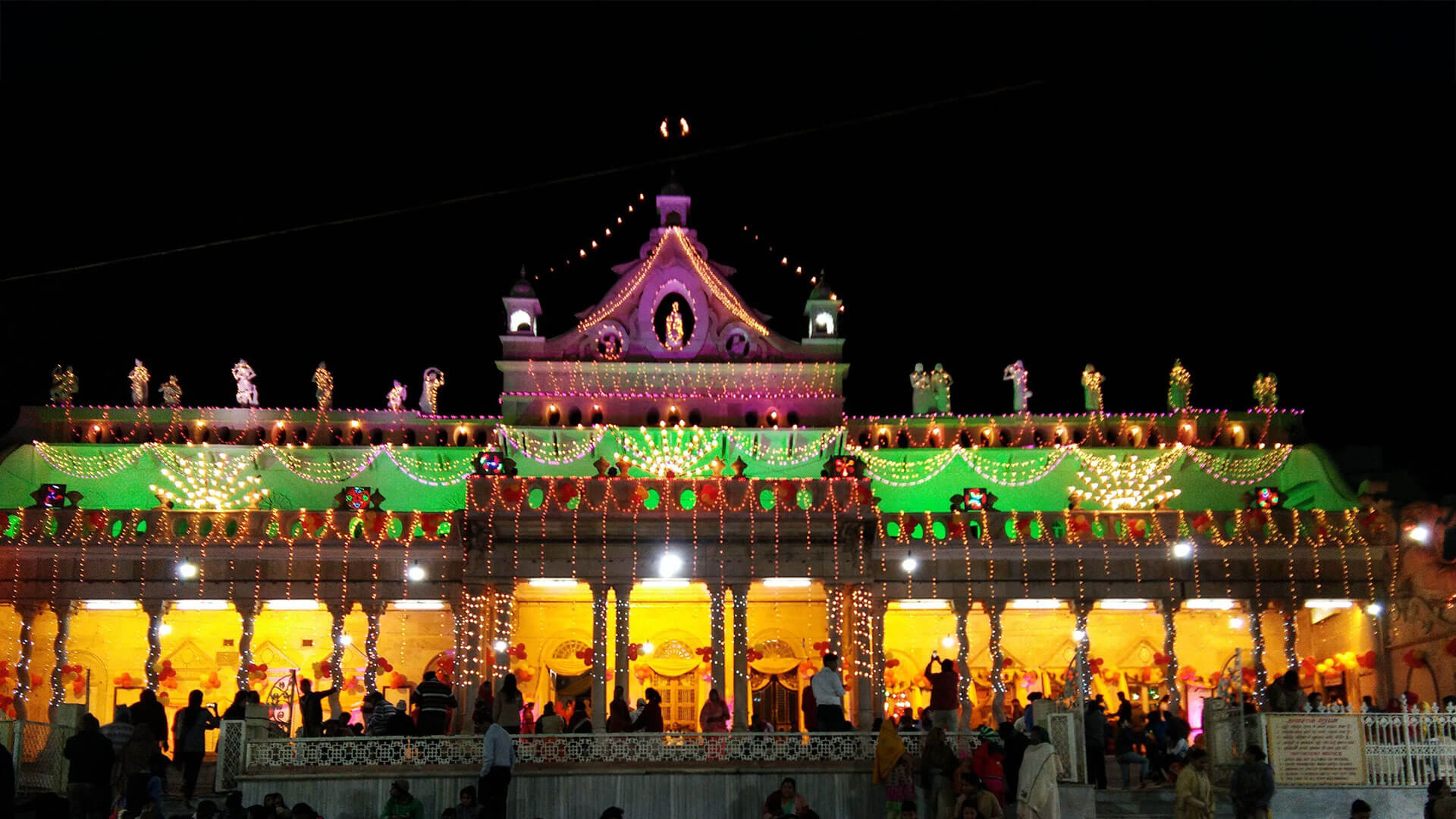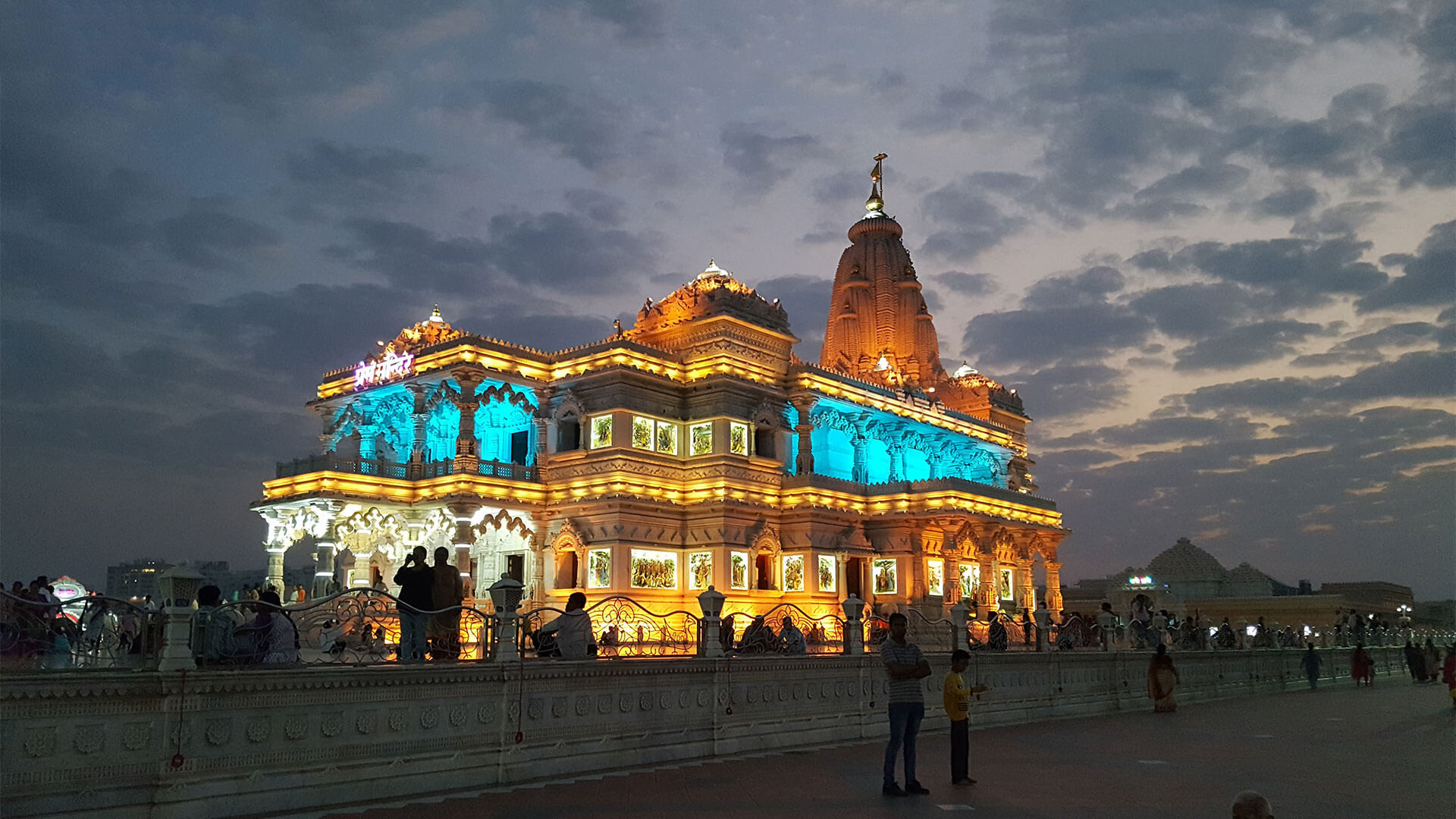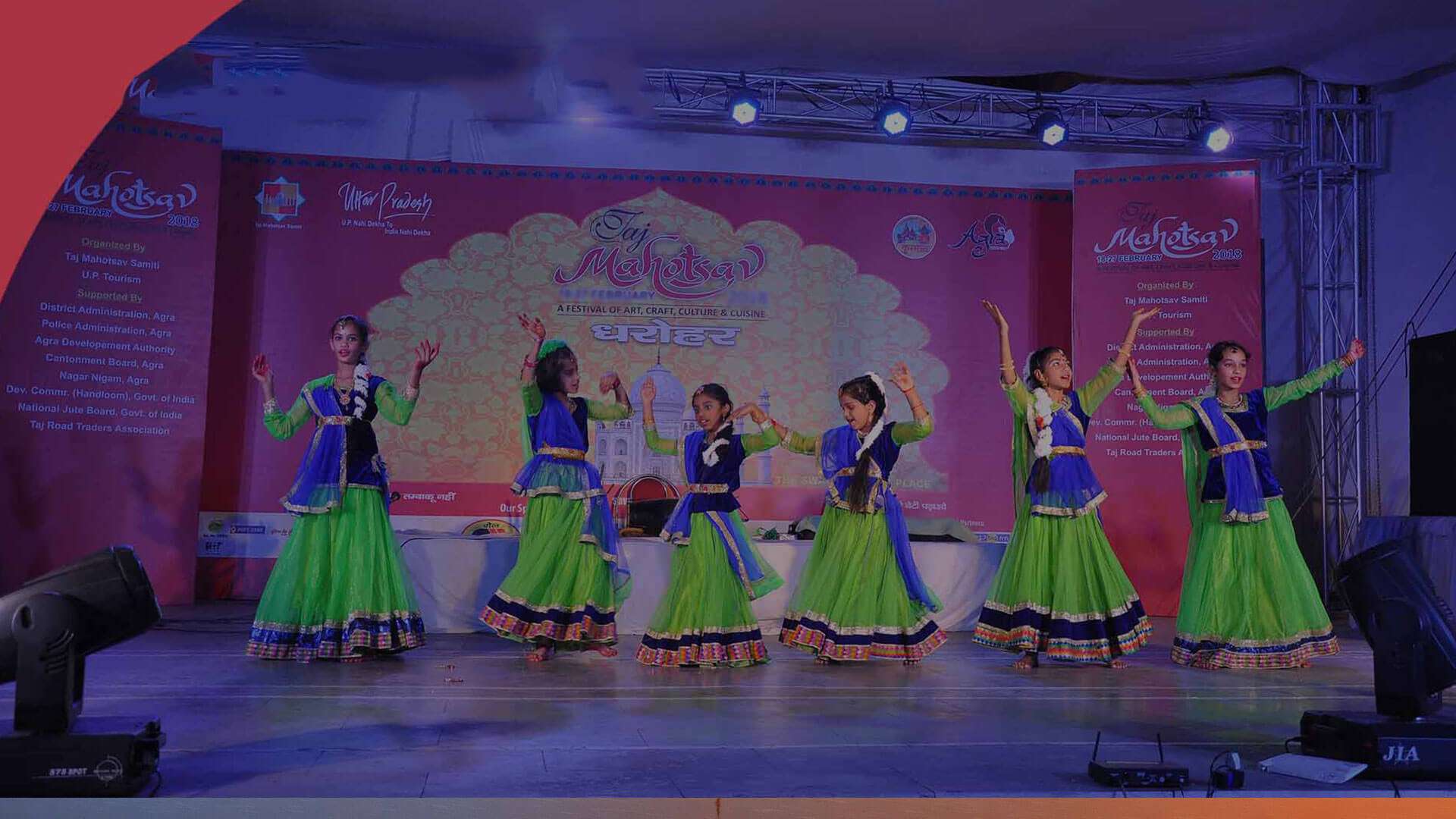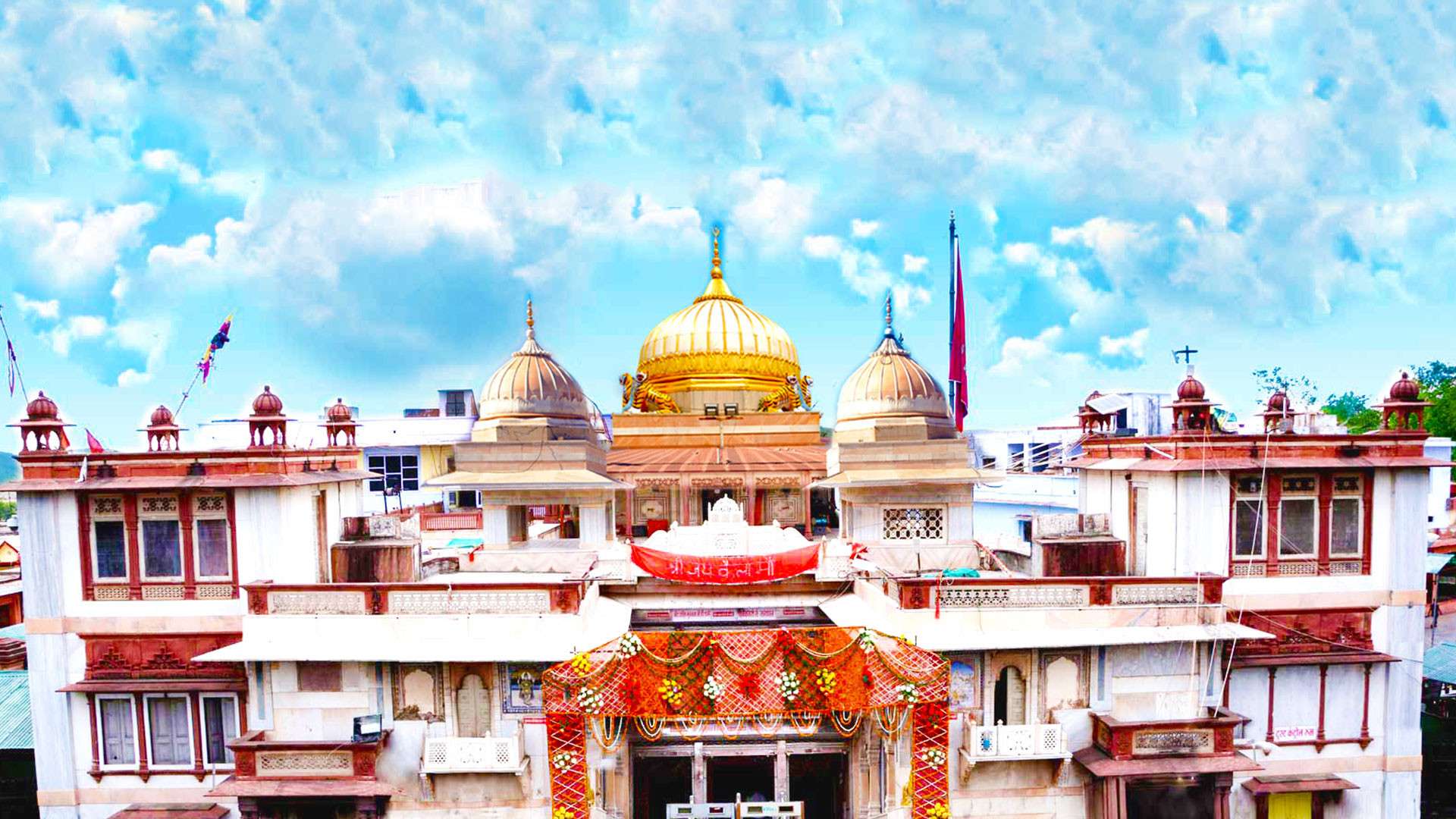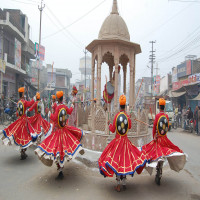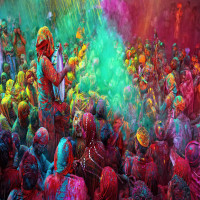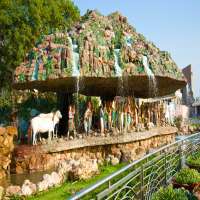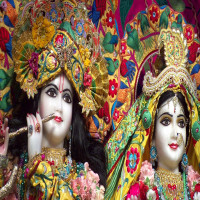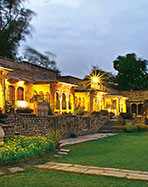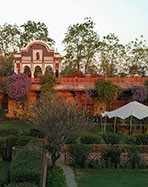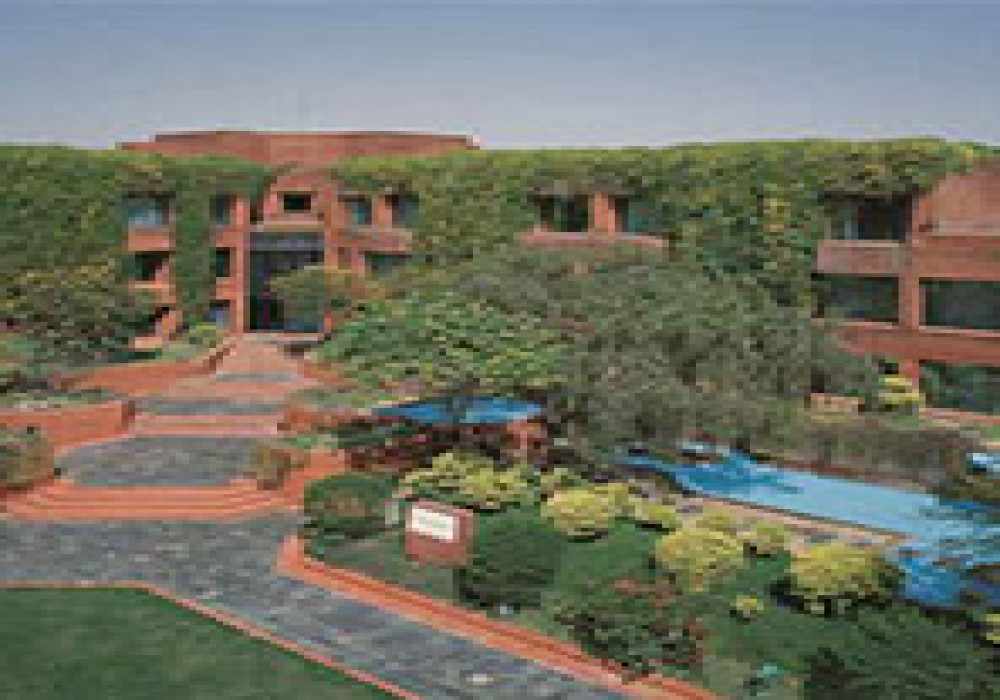In the heart of Ayodhya, amidst the whispers of ancient tales and the fragrance of sacred incense, stands Moti Mahal, a resplendent jewel echoing the opulence of a bygone era. As I tread the hallowed grounds, I am enveloped in a shroud of history and myth, each stone whispering secrets of centuries past. Moti Mahal, translated as the "Pearl Palace," is a testament to the regal grandeur of Ayodhya's illustrious past, where kings and queens once revelled in splendour. Its architectural magnificence, adorned with intricate carvings and delicate motifs, transports visitors to a realm of timeless beauty and divine grace.
History of Moti Mahal 2024
Nestled within the city of Ayodhya, Moti Mahal stands as an archaeological gem with its history woven into the very fabric of this ancient land. This magnificent structure traces its origins back to the era of the Mughal Empire during Emperor Akbar the Great's reign. Constructed in the 16th century, the Moti Mahal emerged as a symbol of elegance, offering a serene retreat for royalty amidst Ayodhya's picturesque landscapes.
Throughout centuries, Moti Mahal has witnessed the rise and fall of dynasties, with each ruler leaving their mark on its walls. From Akbar’s reign to the era of the British Raj, this architectural marvel has silently stood as a guardian of time, preserving its splendour.
Over time, the Moti Mahal has served purposes. From being a residence to a centre for cultural patronage and spiritual contemplation. Its intricate carvings and graceful arches blend Mughal and Hindu styles, representing Ayodhya's diverse cultural heritage.
Today, Moti Mahal remains an adored relic from Ayodhya's past that invites visitors from far away to experience its timeless beauty and significant historical value.
As I gaze in wonder at the grandeur of its front, I am reminded of the timeless heritage of architectural masterpiece, a tribute to the strength and cleverness of previous generations.
The unique Architecture of Moti Mahal
Moti Mahal, located in Ayodhya, is one of the finest examples of architectural brilliance. Constructed during the Mughal period in the 16th century, this grand palace showcases a blend of Mughal and Hindu architectural styles, offering a glimpse into Ayodhya's rich cultural heritage.
- Structure. Its layout and intricate craftsmanship characterise the design of Moti Mahal. Made from sandstone, the palace boasts carvings and ornate motifs that adorn its exterior. Its majestic structure features arches, domed pavilions and intricately carved jharokhas (balconies), exuding a sense of magnificence.
- Exquisite Carvings. One of the aspects of the Moti Mahal is its exquisite carvings that embellish every surface, wall and pillar alike. These intricate designs depict scenes from Hindu mythology, floral patterns and geometric motifs showcasing the artistry of artisans from ancient times.
- Elegant Jharokhas. The palace is adorned with arches and jharokhas (overhanging balconies), enhancing its architectural elegance and contributing to its visual appeal. These elements serve both purposes well and add to the overall charm of the palace by creating an atmosphere of lightness and openness.
- Central Courtyard. At the heart of Moti Mahal lies a courtyard surrounded by pillared corridors and beautifully carved balconies. This outdoor area was a gathering spot for the royal family, where they could unwind and socialise in the surroundings.
- Symbolism and Spiritual Importance. Moti Mahal is a palace and a place of immense spiritual significance. Its design showcases a blend of Mughal and Hindu influences, symbolising the harmony that characterised Ayodhya during its period. As visitors explore its chambers, they are transported to another time, immersing themselves in the splendour and magnificence of an era.
Interesting Facts About Moti Mahal
Moti Mahal is a unique architectural specimen with many interesting facts, making it popular among visitors. Look at a few of the interesting facts.
- Royal Residence and Cultural Hub. Moti Mahal, originally built as a royal residence during the Mughal era, was a centre of cultural patronage and spiritual contemplation. It was a hub of artistic and intellectual exchange, attracting poets, scholars, and artisans from afar.
- Legendary Pearl Treasure. Legend has it that the palace derived its name, "Moti Mahal," from a magnificent pearl treasure that once adorned its grand halls. This legendary treasure said to possess mystical powers, was rumored to bring prosperity and good fortune to its owners.
- Strategic Location. Situated strategically in the heart of Ayodhya, Moti Mahal commanded panoramic views of the surrounding landscape. Its elevated position offered a vantage point from which rulers could survey their kingdom and ensure its security.
- Architectural Fusion. Moti Mahal boasts a unique architectural fusion, blending Mughal and Hindu styles seamlessly. This amalgamation of design elements reflects Ayodhya's cultural diversity and syncretic ethos, showcasing the city's rich heritage.
- Historical Significance. Over the centuries, Moti Mahal witnessed pivotal historical moments, from the rise and fall of dynasties to the colonial era. It witnessed the ebb and flow of power, preserving the memories of bygone eras within its hallowed walls.
- Modern Restoration Efforts. In recent years, Moti Mahal has undergone extensive restoration efforts to preserve its architectural splendour and historical significance. Today, it stands as a testament to the enduring legacy of Ayodhya's illustrious past, welcoming visitors to explore its storied halls and unravel its mysteries.
Important Places to Visit Within Moti Mahal
- Durbar Hall. Step into the Durbar Hall. Immerse yourself in its grandeur, where kings once held court and imparted justice. Marvel at the carvings and lavish furnishings that adorn this chamber, providing a glimpse into the opulent lifestyle of royalty in days gone by.
- Rang Mahal. Embark on a journey through the vibrant Rang Mahal, a palace within a palace adorned with breathtaking frescoes and murals. Here, talented artists once showcased their mastery, detailing scenes from Hindu mythology and royal processions to life.
- Sheesh Mahal. Enter the realm of Sheesh Mahal, where walls embellished with shimmering mirrors reflect the beauty of an era. This enchanting chamber served as a sanctuary for meditation and reflection, offering an escape from the chaos of the world.
- Royal Gardens. Stroll through the Royal Gardens enveloping Moti Mahal, where fragrant blooms and well-maintained lawns create an oasis of serenity amidst the bustling cityscape. These lush grounds were once frequented by royalty seeking solace amidst nature's blessings.
- Zenana Quarters. Uncover the secrets of Zenana Quarters with secluded chambers where queens and concubines dwelled in seclusion. Delve into these designed spaces that offer insights into the lives led by women, their lavish lifestyles and invaluable contributions to Ayodhya’s cultural tapestry.
- Temple Compound. Discover the temple compound in Moti Mahal, where faithful worshippers express their devotion to deities. With its shrines and revered altars, this sacred sanctuary epitomises the religious legacy of the city, welcoming visitors to participate in rituals and seek blessings from the divine.
How to Reach Moti Mahal
Ayodhya is well-connected with different cities of Uttar Pradesh and other states. All modes of transport offer excellent connectivity to the city.
By Air. The nearest airport to Moti Mahal, Ayodhya, is the Faizabad Airport. However, this airport has limited connectivity. Alternatively, visitors can fly to the Chaudhary Charan Singh International Airport in Lucknow. Ayodhya now has its own international airport. From there, taxis and buses are available for the onward journey to Moti Mahal.
- Distance from Faizabad Airport. 8km
- Distance from Maharishi Valmiki International Airport. 15 km
- Distance from Chaudhary Charan Singh International Airport. 131.4 km. .
By Train. Ayodhya Junction is the nearest railway station, 3 kilometres from Moti Mahal. It is well-connected to major cities across India, including Delhi, Mumbai, Kolkata, and Varanasi. Visitors can hire auto-rickshaws or taxis from the railway station to reach Moti Mahal conveniently.
By Road. Ayodhya is well-connected by roadways, with regular bus services from nearby cities like Lucknow, Varanasi, and Allahabad. National Highway 27 passes through Ayodhya, ensuring easy accessibility by car or private vehicle. Additionally, taxis and auto-rickshaws are available for local transportation within Ayodhya.
Moti Mahal in Ayodhya is a testament to the city's rich cultural heritage and architectural splendour. Its majestic halls and intricate carvings glimpse the grandeur of bygone eras. Adotrip, with its comprehensive travel planning services, can help you embark on a memorable journey to Ayodhya, ensuring seamless arrangements and immersive experiences at Moti Mahal and other iconic landmarks.
With us, nothing is far!
Book Ayodhya Tour Packages
Frequently Asked Questions About Moti Mahal, Ayodhya
Q1. What is the historical significance of Moti Mahal 2024?
A1. Moti Mahal symbolises Ayodhya's rich history, serving as a royal residence and centre of cultural patronage.
Q2. Can you elaborate on the architectural features and design of Moti Mahal?
A2. Moti Mahal boasts Mughal and Hindu architectural fusion with intricate carvings, domed pavilions, and graceful arches.
Q3. Are there any specific artefacts or treasures housed within Moti Mahal?
A3. Moti Mahal is rumoured to have housed a legendary pearl treasure and is believed to possess mystical powers.
Q4. How has Moti Mahal contributed to the cultural heritage of the area?
A4. Moti Mahal's architectural grandeur and cultural significance enrich Ayodhya's heritage landscape.
Q5. Are there any legends or stories related to the construction of Moti Mahal?
A5. Legends suggest that Mughal emperors commissioned Moti Mahal's construction to showcase their opulence and power.
